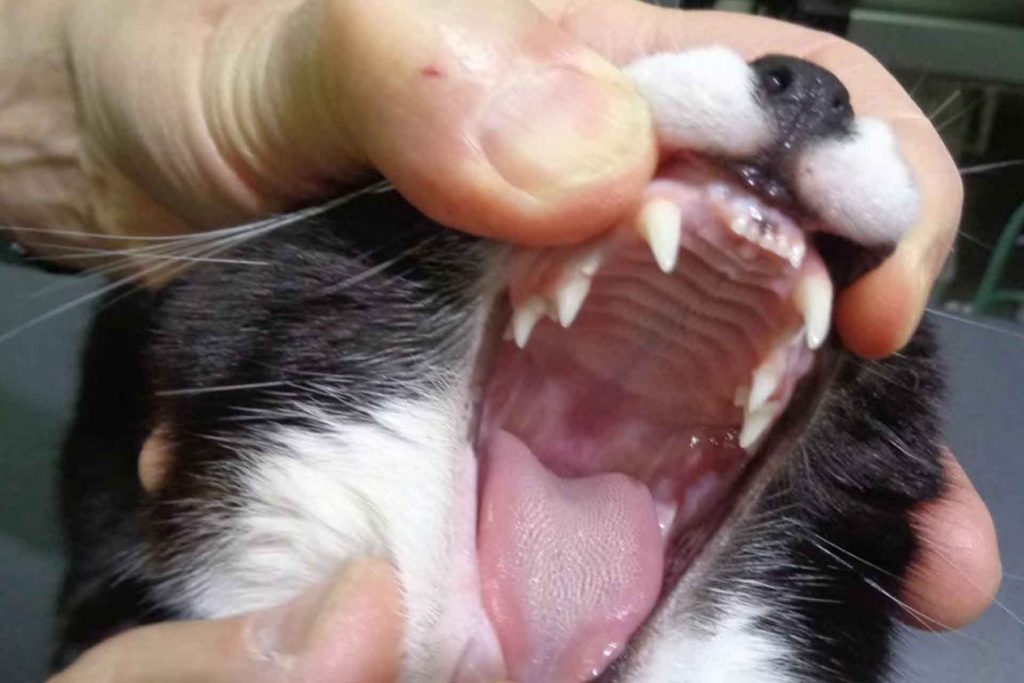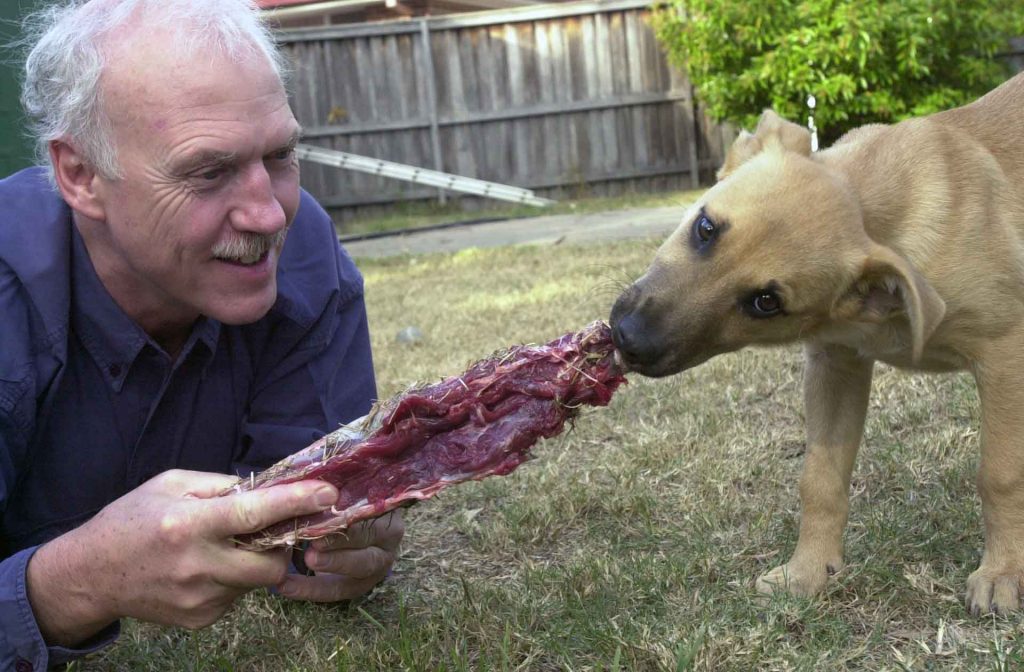Be in no doubt Feline Chronic Gingivostomatitis is a cruel, devastating disease of cats forced to consume junk food. In Raw Meaty Bones: Promote Health (2001) I wrote:
Screaming cat disease
Another disease peculiar to cats and associated with much pain arises secondary to periodontal disease (a virus is also said to be involved). Commonly the sufferers have teeth affected by neck lesions, but the characteristic signs are areas of angry red inflammation affecting the soft tissue of the mouth. A number of names are used for this vile affliction—the commonest being lymphocytic-plasmacytic gingivitis-stomatitis, an amalgam of words describing the immune cells present in the gums and mouth. Screaming cat disease might be a better name reflecting the noise these patients emit when having their mouths examined.
The sequence of events often starts with an owner noticing the cat approaching the food bowl as if hungry, lingering in the vicinity for a while and then backing away. After a few occurrences of this behaviour the cat might be seen to reluctantly take in food but experience difficulty eating. The first thing the vet does when presented with such a case is open the cat’s mouth to inspect. Many cats snatch away and seek to escape, and when this is attended by a bone-chilling scream the message is clear.
Providing a cure for these wretched animals is, in my experience, often impossible and the best that has been achieved, at vast expense, is some relief. Treatment usually starts with administration of antibiotics, corticosteroids and painting the gums and mouth with anti-inflammatory and antibacterial solutions. After several weeks obtaining dismal results the vet usually recommends removal of all teeth with the exception of the canines.
Removal of the teeth tends to be a major undertaking. Even tiny root fragments need to be removed—which often requires an X-ray to confirm successful removal. And after the surgical intervention the cats usually need intermittent antibiotic and corticosteroid treatment. (Two veterinarians reported improved results using a babies’ teething gel.) Owners and vets alike experience nagging concern over these unfortunate animals and their cruel condition.
At the primary level the animal is affected by periodontal disease; at the secondary level it suffers the effects of the stomatitis; at the tertiary level there is the impact of the treatment—perhaps as a fourth level the owner’s and clinician’s feelings of anguish should be considered. This fourth level of concern is made the more poignant by the likelihood that the whole sorry saga could have been prevented by an appropriate diet.
Raw Meaty Bones: Promote Health (2001) Dr Tom Lonsdale
However despite the above 2001 statement hear what VETgirl has to say is the standard of care in 2023:
Then have a look at information readily available on the internet:
https://www.thepetfoodcon.com/before-after-feline-gingivostomatitis/
And Dr Mei Yam’s presentation:
https://www.thepetfoodcon.com/prevention-and-treatment-of-feline-gingivostomatitis/



